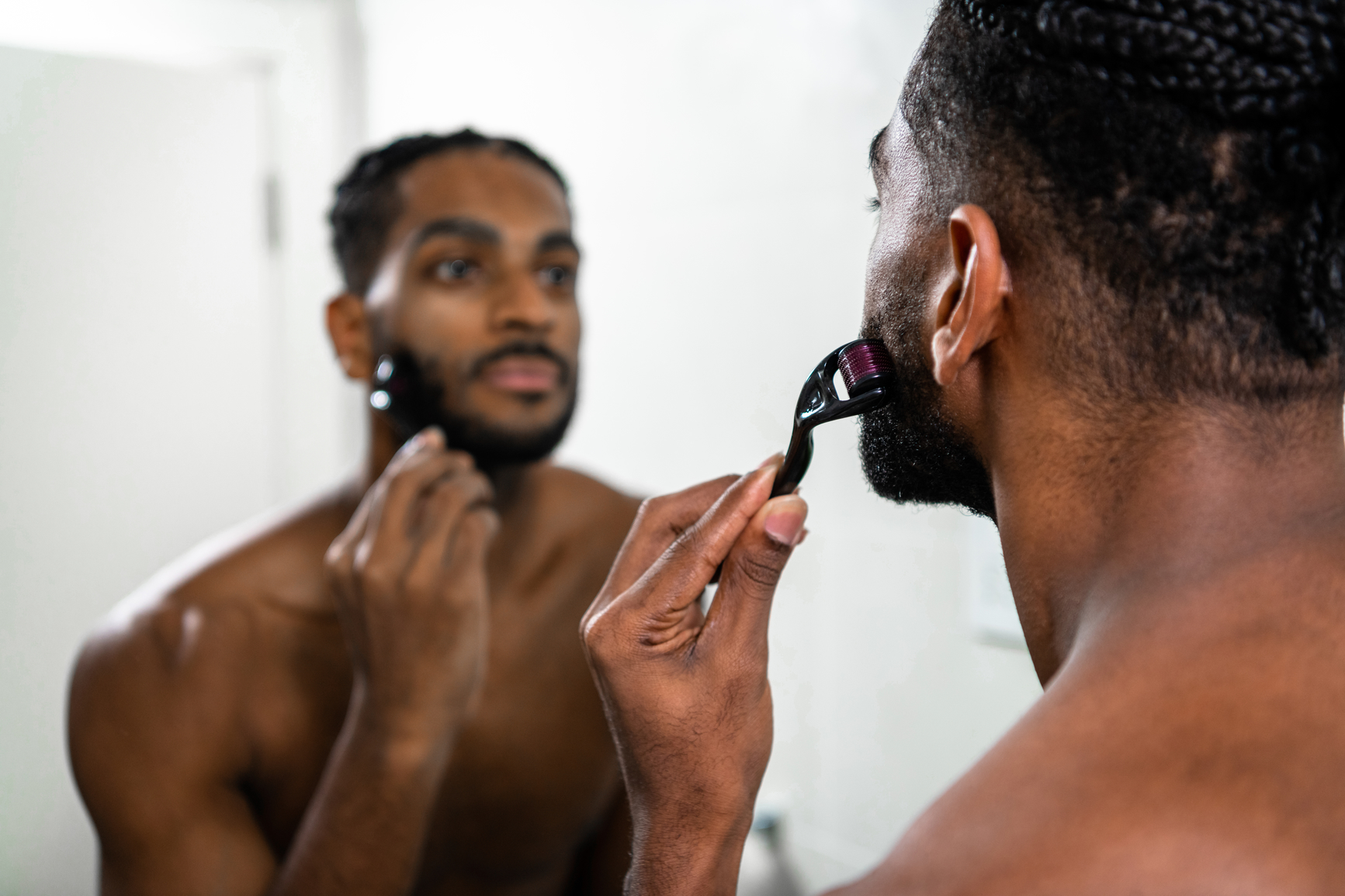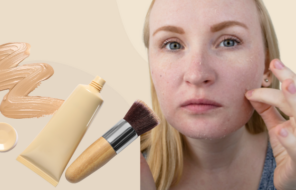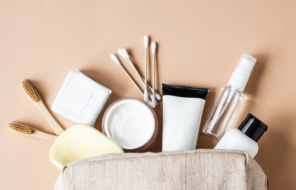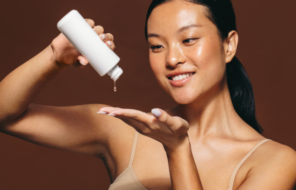Derma rollers probably aren’t the first thing that comes to mind when you imagine a relaxing skincare treatment, but using them might offer the rejuvenation your skin needs.
Derma rollers are microneedling devices primarily used at home, although medical aesthetic professionals can also wield them. They’re shaped like rollers on a handle, but the surface is covered with tiny needles ready to puncture the skin. The promised benefits of derma rollers include fine line reduction, skin texture improvement, and even scar fading.
To understand how derma rollers work and if they’re safe, we interviewed Christine Adams, founder and aesthetic nurse specialist at SkinSplendid, and Dr. Harikiran Chekuri, dermatologist and head of ClinicSpots.
What does a derma roller do?
As the derma roller is rolled over the skin, the microneedles puncture the surface layers of the epidermis, creating microscopic injuries. This may sound concerning, but it’s exactly what’s behind the skin-renewing action.
Assuming the derma roller is used correctly, these micro-injuries shouldn’t damage the skin surface at all. Instead, as they heal, they encourage the skin to repair surface imperfections through improved production of collagen and elastin, the skin’s main structural proteins.
“The minor trauma [of derma rolling] activates the tissue healing cascade, which stimulates collagen production,” Adams said. As a result, derma rolling has become a popular remedy for fine lines and wrinkles, scarring, and many other concerns related to the skin’s look and feel.
Which concerns can derma rollers address?
According to research and our experts, derma rolling is usually recommended for the following concerns:
- Helping skincare products penetrate more easily into deeper levels of the skin
- Fading and filling in fine lines and wrinkles
- Stimulating hair growth, especially if used in conjunction with hair-thickening products like Minoxidil
- Reducing mild dark spots and hyperpigmentation, especially if done in conjunction with skin-brightening ingredients
- Minimizing pore size and smoothing texture
- Fading mild acne scarring
At-home derma rolling vs. professional microneedling
It’s important to note that while derma rolling is largely considered effective, it shouldn’t be compared to professional procedures like microneedling at the salon or clinic.
“Microneedling is highly controlled in a medical environment,“ Adams said. Professional needles can penetrate the skin deeply and improve textural concerns like scarring more quickly as a result.
The derma roller’s shorter needles are still beneficial, but results will take longer to appear and are more heavily dependent on the other products you use. “[Using] a derma roller a few times a week may allow for gentle stimulation of the tissue, improved circulation, and increased absorption of topical products,” Adams said.
Is derma rolling safe?
As you can expect, a treatment that involves poking holes in your skin does involve some risk. In the short term, you can expect a bit of redness or inflammation that tends to fade quickly.
The risk depends on the length of needles your derma roller has. The longer the needles, the higher the risk of pain and side effects. A main complication to watch out for is infection. As the experts we interviewed cautioned, using a derma roller that hasn’t been properly disinfected can introduce bacteria into the skin.
Avoid derma rolling if you have active acne, rosacea, cold sores, or any other inflammatory skin condition, as you run the risk of spreading infection or worsening your symptoms.
Derma rolling and needle length
When shopping for derma rollers, you’ll find a vast range of needle lengths available, from as short as 0.1 mm to as long as 2 mm.
The benefits of derma rolling depend on the needle size used. Lengths under 0.3 mm will essentially help with product penetration and mild rejuvenation, while longer lengths can stimulate more profound repair.
Derma rollers with needles 0.5 mm and above are more likely to hurt, and some users may apply a numbing cream before using them.
| Concern addressed | Needle length |
| Skincare penetration | 0.1 mm and above |
| Pore size | 0.15 mm and above |
| Fine lines and wrinkles | 0.5 mm and above |
| Hyperpigmentation | 0.5 mm and above |
| Hair growth | 0.5 mm and above |
| Shallow scarring | 1.5 mm and above |
| Stretch marks on body | 2 mm and above |
Is derma rolling right for me?
While derma rolling isn’t for everyone, it can be done safely on healthy skin that has a strong, intact barrier. However, if your skin is compromised or you have a sensitive skin condition, consider it off-limits.
If you’re prone to developing keloids, which are thick, raised scars, you should also stay away from derma rolling. Adams mentioned that the skin-rejuvenating process could lead to the development of these types of scars.
Finally, consider how diligent you are with cleanliness (and yes, this is largely a note to ourselves). If you’re the kind of person who often forgets to wash their makeup brushes, then perhaps derma rolling isn’t for you. It’s imperative that you disinfect your derma roller before every use. Chekuri even cautioned against using the same roller head more than twice.
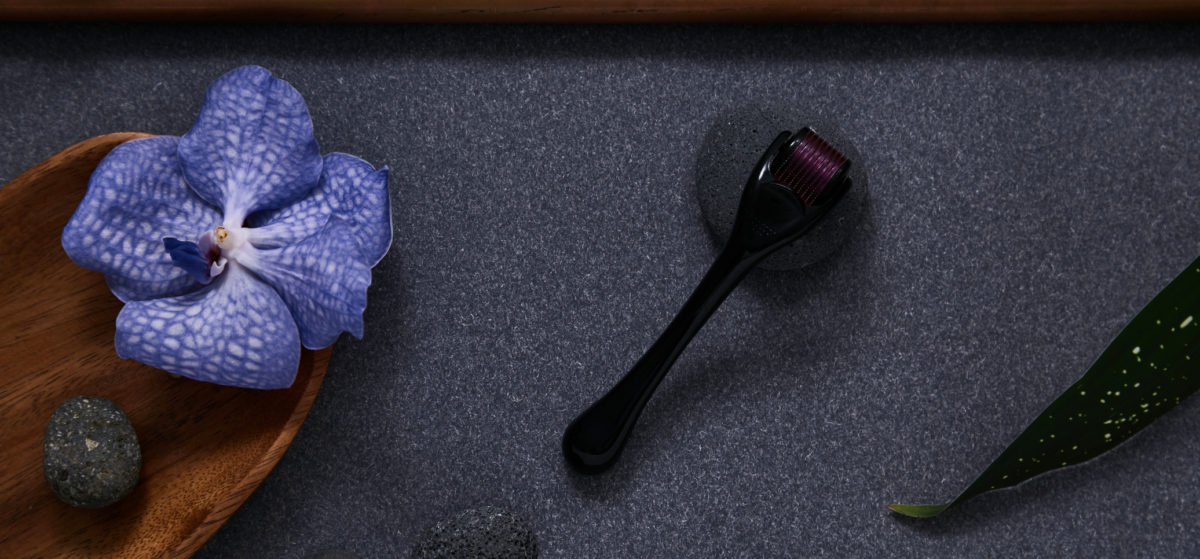
How to use a derma roller
Feeling up to it? Here are the basic steps to using a derma roller correctly.
- Clean thoroughly. Make sure that both your skin and the derma roller are completely clean. Check that your derma roller doesn’t have any bent or dull-looking needles.
- Get rolling. Move the roller in up and down motions over your skin. You can roll vertically, horizontally, or diagonally. Never pull the roller sideways over your skin since instead of seamlessly gliding, the needles could end up dragging and potentially scratching or damaging your skin.
- Keep it gentle. As you roll, make sure not to apply any pressure. The derma roller should move over your skin easily. You don’t want to accidentally injure yourself.
- Finish with a rinse. A bit of water will cool your skin and prepare it for the application of skincare products.
- Apply hydrating products. Finally, apply gentle, hydrating, non-comedogenic skincare products that’ll nourish your skin and promote barrier repair.
In the days after you’ve derma rolled, be sure to apply sunscreen. Adams also suggested against using any harsh skincare products like retinoids or exfoliating acids for a few days before and immediately after derma rolling since they may cause the skin to peel.
Roll with caution
Derma rolling has impressive effects, with the ability to speed up the repair of some of the most common skin concerns, like fine lines and shallow scars.
But it’s a complicated process that demands impeccable hygiene. It’s not for everyone, either — you’ll want to avoid it if you experience inflammatory skin conditions like acne. Plus, the safety of derma rollers with longer needle lengths is dubious.
But if you’re willing to practice with caution, it’s likely that derma rolling could give your skin a real boost, especially in conjunction with a well-curated skincare routine.
Remember to consult a professional beforehand if you’re a first time derma roller user.

